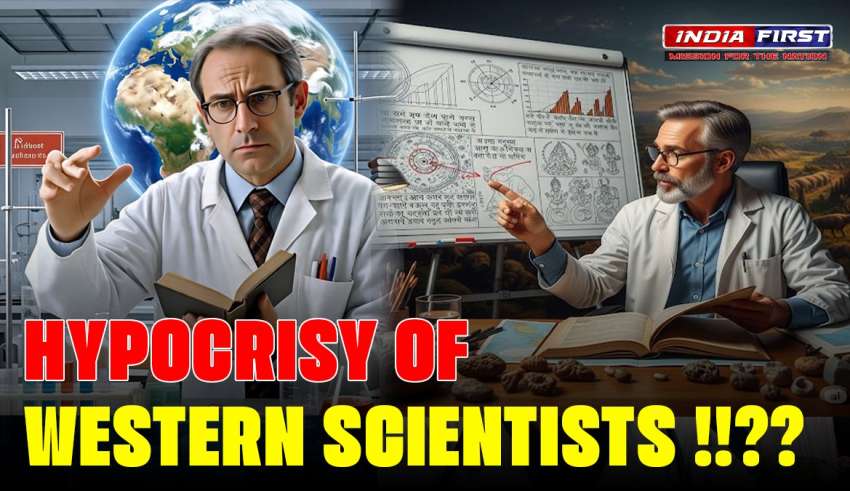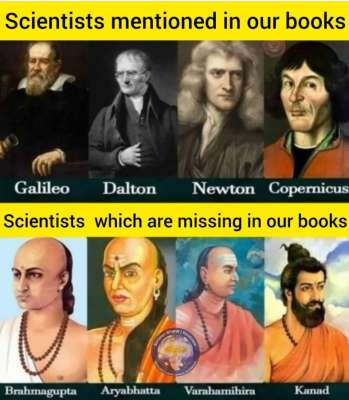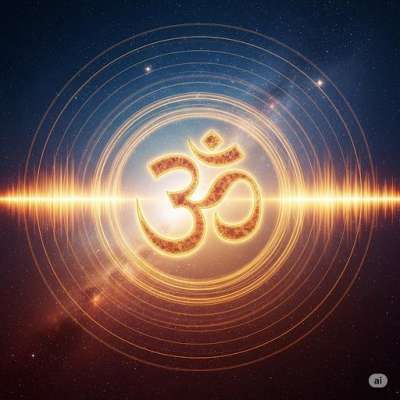
INDIA FIRST | RELIGION | ANALYSIS |

Scientific Perspective: The Age of the Earth
Modern science, using radiometric dating of rocks and meteorites, has determined that the Earth is about 4.54 billion years old. This conclusion is based on precise measurements of isotopic decay, particularly uranium-lead dating, and is supported by evidence from lunar and Martian samples as well. These methods are highly refined and widely accepted in the scientific community.

Historical Perspective: Abrahamic Faiths
Abrahamic religions—Judaism, Christianity, and Islam—have historical texts that, when interpreted literally, suggest the Earth is only a few thousand years old. These views are rooted in religious tradition, not scientific investigation. Modern science does not support these young-Earth timelines.
Science vs. Faith: Personal and Professional Boundaries
Many scientists who identify with Abrahamic religions distinguish between their personal faith and their professional work. They may follow religious practices for cultural, familial, or spiritual reasons, while fully accepting scientific evidence in their research. For these individuals, faith and science occupy separate domains: faith addresses meaning and morality, while science addresses empirical reality.

Comparative Cosmology: Indic Traditions
Ancient Indian (Sanatan/Vedic) scriptures describe vast time cycles—kalpas and yugas—that span billions of years, a concept surprisingly close to modern scientific estimates of Earth’s and the universe’s age. This alignment is often cited as an example where ancient cosmological ideas anticipated modern findings.
Reconciling Differences Scientific methods demand evidence, repeatability, and falsifiability. Religious beliefs are based on faith, tradition, and revelation. When religious texts conflict with scientific evidence, some adherents reinterpret scripture metaphorically, while others maintain literal interpretations, leading to ongoing debate.

Conclusion
• Modern science and Abrahamic religious timelines differ because they are based on fundamentally different methodologies: empirical evidence vs. faith.
• Ancient Indic cosmology’s vast time scales align more closely with scientific findings than do literal readings of Abrahamic texts.
• Ancient Indic cosmology’s vast time scales align more closely with scientific findings than do literal readings of Abrahamic texts.

• Scientific claims must be supported by evidence, regardless of religious tradition.
In summary, those western scientists who often questions sanatan hindu dharm traditions as backward- unscientific and paint their given facts as myth ( mythology) are themselves remain clueless when it comes to their beliefs and religious books .

The coexistence of different scientific knowledge and religious faith among Western scientists is questionable howeverthey often safely treat these as separate spheres—one governed by evidence, the other by belief.
indiafirst.online
